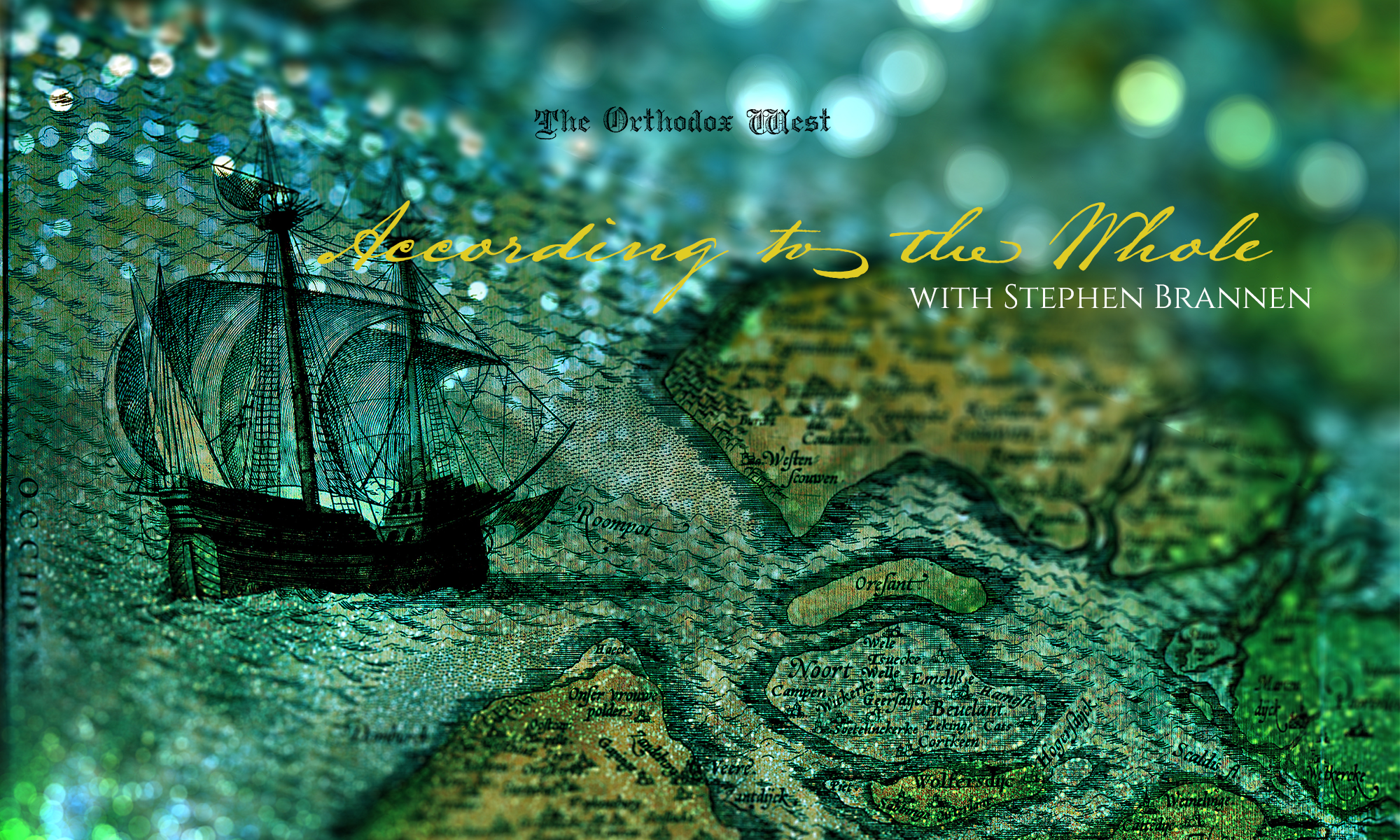
Saint George: martyr, hero. After the Mother of God and the Apostles, is there another Saint that has attained to such universal fame and veneration? He is the Patron of England, of Georgia, of the city of Moscow, of the island nation Malta, of at least one branch of virtually everyone’s military, and even of the Boy Scouts of America. His iconographic depiction is instantly recognizable, and his name is called out in mottoes, battle cries, and anthems.
But despite his widespread veneration and very early cultus, there is very little reliable historical evidence of the details of his life. The earliest complete story of St. George (The Acts of St. George, 7th century) is full of the most fantastical hagiography. In contrast, Pope Gelasius in 495 merely lists him among those “whose names are justly reverenced among men, but whose actions are only known to God.” Somewhere between the highly embellished and the highly conservative accounts of St. George is probably the living tradition of the Saint which earned him a faithful following near the place of his martyrdom in Syria/Palestine which then spread out from there: the Saint was a soldier in the Byzantine army who was martyred (either by a king named Dadianus or by the Emperor Diocletian).
The further story of George and the dragon is not found in the earliest accounts of him, but was a later addition that may have originated in Georgia (Kartvelia) around the 11th century. The tale quickly caught on and was translated into Greek, traveling throughout the Byzantine world and eventually being carried back to Western Europe with the crusaders in the 12th or 13th century. It also caught on in visual art, becoming the standard depiction of St. George.
Among broader Christian martyrology, if a Saint is depicted in any kind of a scene or action, it’s almost always the circumstances of his or her martyrdom that is depicted. In terms of spiritual value and virtue, George’s martyrdom would indeed be the more appropriate act to give pride of honor to. So why the apparent departure from this ubiquitous tradition?
It seems clear that the image of St. George slaying a dragon, especially a dragon about to devour a fair young maiden (overtones of Revelation 12), is more than just an exciting chapter in his historical exploits. In the Acts of St. George (7th c.) the king who persecutes him is called in Greek ὁ βύθιος δράκων, “the dragon of the abyss.” Thus in defeating the wicked king’s intentions with his glorious martyrdom, St. George slays the dragon figuratively. If, through this account, George anywhere earned the nickname of dragon-slayer, then it’s conceivable that an apocryphal story embellishing this title through a more literal act might be created. Even if–wonder of wonders–the literal account of George and the dragon is based on an actual event, the abstracted image of this act has still grown to represent more than the details of that story.
The image of the heroic figure, mounted on his rearing horse and slaying the terrible reptile, communicates not just a single act of bravery, but a deep spirit of courage possessed by the Saint. It was this spirit of courage that led him to decry the persecution against Christians, to withstand the tortures concocted for him, and to welcome his death in the name of Christ. We are often inspired by the bravery of the martyrs, but in St. George we see this bravery transposed into an overt heroism–aggressive, adventuresome, triumphant. The undisguised spiritual reality of what, in their more meek appearances, all the glorious Martyrs of Christ accomplish is, in the image of George and the dragon, revealed. And this revelation clearly has universal appeal.
Saint George, pray for us.

![]()
